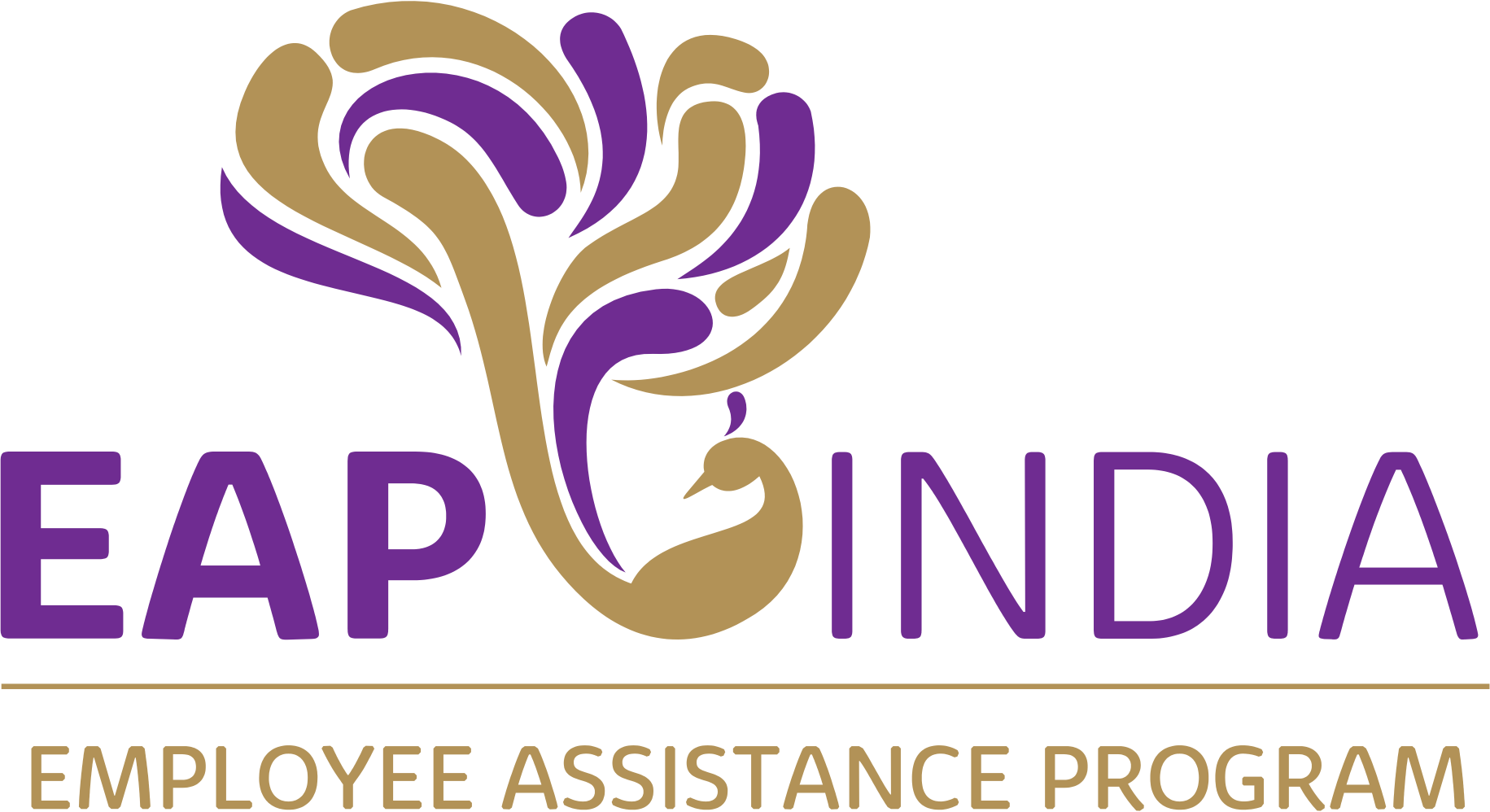With the increasing prevalence of online work, the phenomenon of workplace online harassment has become a stark reality. Online harassment encompasses behaviors that leverage technology to humiliate, threaten, intimidate, or bully colleagues or individuals associated with the workplace. This form of mistreatment can manifest on various online platforms, including social media, chat rooms, messaging services, emails, and calls.
Employees find themselves vulnerable to online harassment from various sources, including customers, clients, members of the public, co-workers, supervisors, or managers. Notably, such harassment is not confined to the physical workplace, extending its reach to instances when employees are working remotely, such as from home.
The implications of online harassment are far-reaching, encompassing both psychological and physical harm, thereby posing a significant health and safety risk in the realm of online work. This insidious behavior has the potential to inflict low self-esteem, depression, and, in extreme cases, even lead to suicidal thoughts among affected employees.
Online harassment manifests in various forms, such as the receipt of aggressive or unwanted emails. Co-workers may engage in sending threatening emails or an excessive volume of messages, thereby overwhelming the victim. Another method involves attempting to electronically compromise social media accounts by disseminating viruses through texts and emails.
Additionally, online harassment extends to spreading rumors or posting derogatory remarks about an individual on various online platforms. Identity theft, known as doxing, is another tactic, wherein perpetrators create fake accounts and post provocative messages to elicit negative reactions towards the victim. Furthermore, distributing explicit or obscene content with the intent to offend is another alarming aspect of online harassment.
In the face of these challenges, as an employee, it is crucial to take proactive steps to prevent or halt online harassment at work:
- Start by reviewing your company’s policy on email signature usage. This block of text automatically appears at the end of all your outgoing messages. Ensure that your email signature provides sufficient details for recognition without divulging personal information that could potentially be used to track you on social media.
- When crafting your out-of-office message, limit it to include only the dates of your absence and the contact information for the person to notify in your absence. Avoid mentioning details that indicate you are on vacation or traveling for work.
- Stay vigilant about not leaving your laptop unattended while you are logged in at work.
- Get your company’s tech professional to increase communications and web use reliability by putting in place encryptions and firewalls.
- If possible, get a gender-neutral email address.
- Ensure your password is at least 12 characters long and includes a mix of upper and lower-case letters, numerals, and symbols without following a predictable pattern. It’s also essential to change your password regularly.
- Adhere to all online communication policies and processes established by your company. Additionally, communicate your concerns about online harassment to your Digital Technology team.
If all else fails, report the harassment through proper channels, such as social media platforms and your company’s HR, citing the violation of the company’s code of conduct. In case of concerns about physical harm or property damage, report the issue to the police to establish a paper trail, even if immediate action may not be possible. If you possess evidence of the abuser’s identity, consider filing a restraining order to deter them from causing harm in person.
Preventing co-workers from engaging in online abuse can be challenging at an individual level. However, at the organizational level, significant efforts can be made to curb online harassment. Through awareness campaigns and the implementation of effective systems, both employees and employers can collectively combat online harassment, safeguarding the right of every employee to feel safe and freely express themselves in the digital sphere.
References:
Image Credit: @PinterestEngineering




